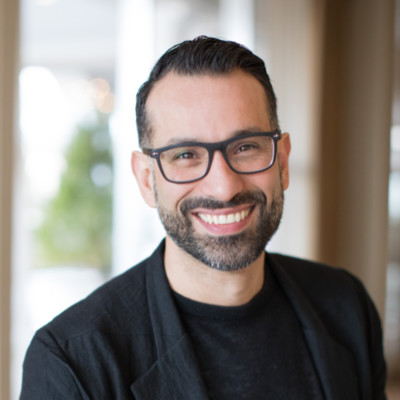- Video Library
- SentiAR | Berk Tas, CEO
SentiAR | Berk Tas, CEO

Berk Tas
Berk serves as the Chief Executive Officer and President of SentiAR. Berk has led development of emerging technologies and companies in Fortune 500, private equity, venture capital funded and privately held organizations. Prior to joining SentiAR he led the development of a novel Trans-aortic Valve Replacement technology into CE Mark studies at HLT Medical. In 2016, he played an integral role in the acquisition of Sensium, Oxford UK, a novel wireless monitoring technology. Prior to that he served in various leadership roles at Sunshine Heart developing a first of its kind, heart failure therapy and at Boston Scientific developing several novel therapies and technologies focused in Cardiac Rhythm Management. He holds an MBA from the Carlson School of Business at the University of Minnesota and a BS in Electrical Engineering and Physics from the School of Engineering at St Thomas University.
Berk Tas
Berk serves as the Chief Executive Officer and President of SentiAR. Berk has led development of emerging technologies and companies in Fortune 500, private equity, venture capital funded and privately held organizations. Prior to joining SentiAR he led the development of a novel Trans-aortic Valve Replacement technology into CE Mark studies at HLT Medical. In 2016, he played an integral role in the acquisition of Sensium, Oxford UK, a novel wireless monitoring technology. Prior to that he served in various leadership roles at Sunshine Heart developing a first of its kind, heart failure therapy and at Boston Scientific developing several novel therapies and technologies focused in Cardiac Rhythm Management. He holds an MBA from the Carlson School of Business at the University of Minnesota and a BS in Electrical Engineering and Physics from the School of Engineering at St Thomas University.

17011 Beach Blvd, Suite 500 Huntington Beach, CA 92647
714-847-3540© 2025 Life Science Intelligence, Inc., All Rights Reserved. | Privacy Policy







